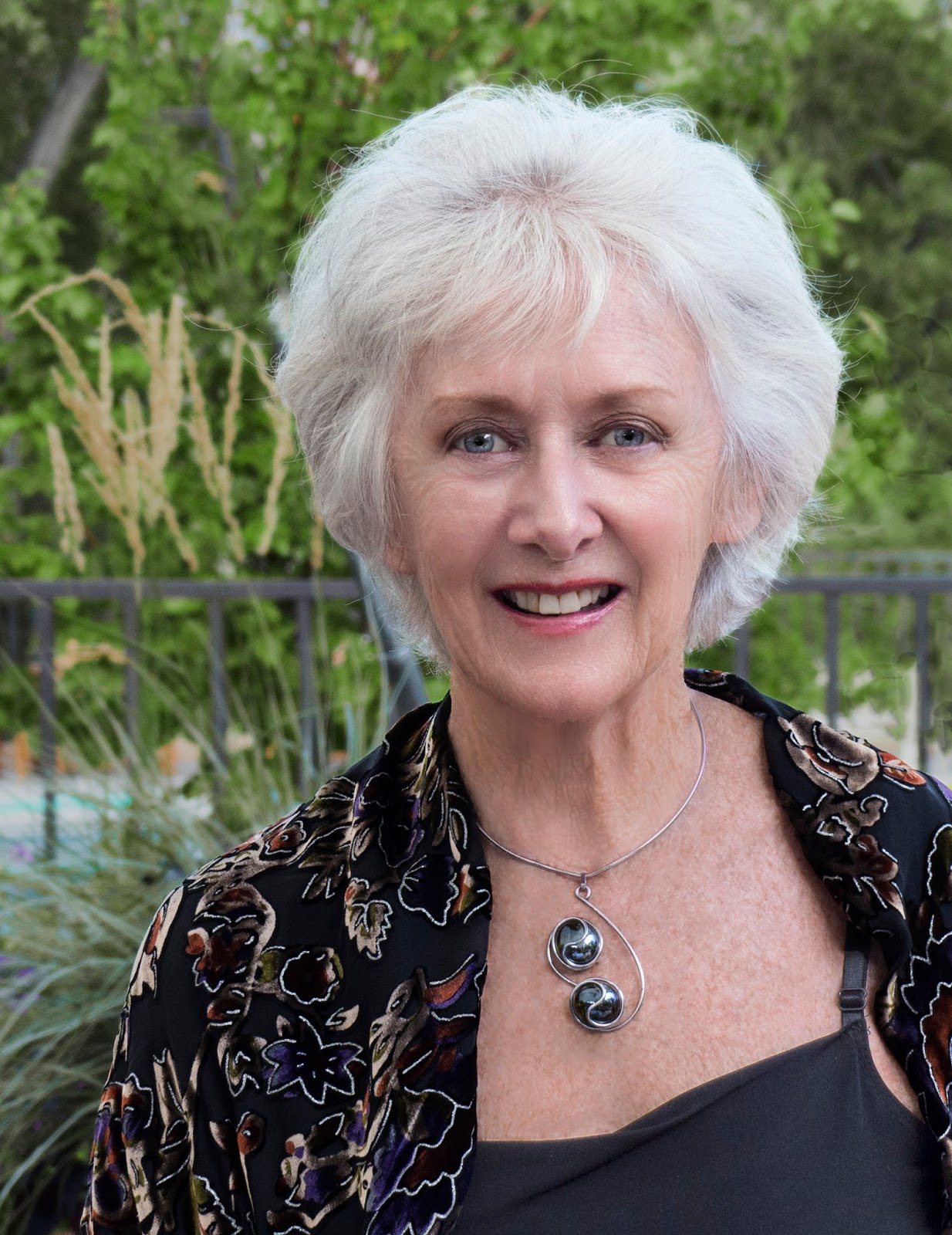
Review by Rodney Punt
Robert Kurka’s The Good Soldier Schweik was given more than its due in a riveting, zany revival this month by the Long Beach Opera. I caught the second of two performances yesterday, this one at Santa Monica’s Barnum Hall, on the campus of the city’s high school.
The story is based on the anti-war novel by Czech author Jaroslav Hašek, and concerns a military conscript whose seeming feeblemindedness ensnares him in, but also saves him from, one mishap after another. The book is in the surreal style of Hašek’s countryman Franz Kafka, but with a ribald humor that inspired such later works as Joseph Heller’s Catch-22. Its episodic construction and theme of alienation within military ranks also bear ancestral traces to Georg Büchner's darker Wozzeck.
Left almost complete at the 35 year-old composer’s death in 1957, final musical touches were provided by Hershy Kay. In the style of Kurt Weill’s Mahagonny and Johnny Johnson (the latter based on the same story), Kurka’s score is also indebted to the more contemporary rhythms of 1950’s film music in the manner of Elmer Bernstein. The score’s blue-note jazziness is atmospheric, but the declamatory vocal lines, it must be admitted, often lack melodic memorability. Still, piquant dissonances, quick changing meters, and the use of popular dance idioms capture the moods of Schweik’s bizarre adventures. The score is well served by librettist Lewis Allan (aka: Abel Meeropol) whose frequent rhyming couplets remain fresh and witty a half century after the work’s premier at the New York City Opera in 1958.
A non-stop, non-sequitur plot is tied together nicely in the angular grace of director/choreographer Ken Roht’s fluid staging, his youngish cast moving props and set pieces around with panache. Dan Weingarten’s floor lighting forms deep, expressionistic shadows on the characters’ faces. Marcy Hiratzka’s colorful costumes - from banana-republic uniforms to pretty-boy lederhosen - suggest the feel of decadent cabaret. Justin Jorgensen’s economical scenic design projects evocative images on a back-of-stage scrim, behind which sits a crack wind and percussion orchestra under the direction of conductor Andreas Mitisek, the company’s artistic and general director. The placement of the orchestra behind the singers loses nothing in projection, and gains by aiding the clear enunciation of vocal lines - the combined musical forces in one of those rare, near perfect balances.
Notable stage moments: a tottering bar-top that clues us to the madness to come, a double-wide hospital bed on which a half dozen wounded soldiers receive enemas, whether they need them or not, and an absurdist church scene with a hectoring Chaplain suddenly experiencing a crisis of faith, a “little man behind the curtain” moment to relish.

Matthew DiBattista’s bright tenor and cherub face make a convincing Schweik, whose frame-up for treason lands him in, sequentially, prison, an insane asylum, the military, enslavement, and finally a World War I battlefield. In the face of despair, Schweik’s mindless optimism becomes the work’s unifying theme.
Multi-role supporting players, all in fine voice, resemble a host of carnival-ride personalities. Stand-outs: Alex Richardson, in robust tenor, as the afore-mentioned Chaplain and a crazy psychologist; baritone Jeremy Huw Williams as the worried military officer Lukasch; Suzan Hanson as Lukasch’s main squeeze; and a sexy Peabody Southwell, whose seductive persuasion as a baroness gets Schweik out of one of his many scrapes. Fine turns were put in by Benito Galindo, John Atkins, Jesse Merlin, and a cast of nimble extras.
Andreas Mitisek has proved to be a worthy, energetic, and innovative successor to Michael Milenski, the Long Beach Opera’s long-serving founding director. He has shown that modest production budgets need not cramp big production concepts. His strategy to cultivate a second regular audience in West Los Angeles, complementing his base in the Long Beach and Harbor areas, should pay dividends. The large audience at Barnum Hall on Sunday afternoon received the performance with enthusiasm.
Not incidentally, Barnum Hall is an ideal stage performance space, lovely to look at, as recently restored by a civic committee to its original art deco elegance, and with outstanding acoustics. A happy partnership will hopefully continue with the Long Beach Opera.













